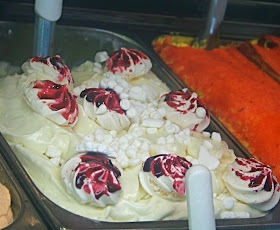













Ravenna’s grandeur and fame date back to Graeco-Roman times, and its heyday was when it was capital of the Western Roman Empire (from 402 till 476) and an important seaport. Today, the name of the town is primarily associated with its impressive heritage of Byzantine mosaics. I also liked to see so many churches built with bricks, below is the church of San Francesco which has some Neonian mosaics in the crypt.


























ISBN: 978-1-877514-04-3
THE BOOK:
Finally back in print after more than five years, this is the essential reference work to the traditions of Maori canoes that voyaged to New Zealand – including lists of the waka, names of crew members and vessels, karakia and waiata, and maps. A must for lovers of history, students of Maori and nautical enthusiasts.
This is the second in a programme of short-run reissues of important New Zealand books by Libro International.
THE AUTHOR:
Jeff Evans is a writer and photographer who works for leading clients in New Zealand and overseas. An authority on Maori canoes, Jeff is also the author of Waka Taua: The Maori War Canoe, The Discovery of Aotearoa and Maori Weapons in Pre-European New Zealand, and editor of Elsdon Best’s Notes on the Art of War. Jeff lives in Waitakere City.